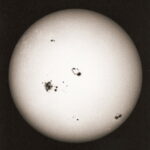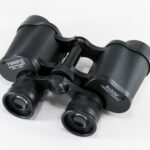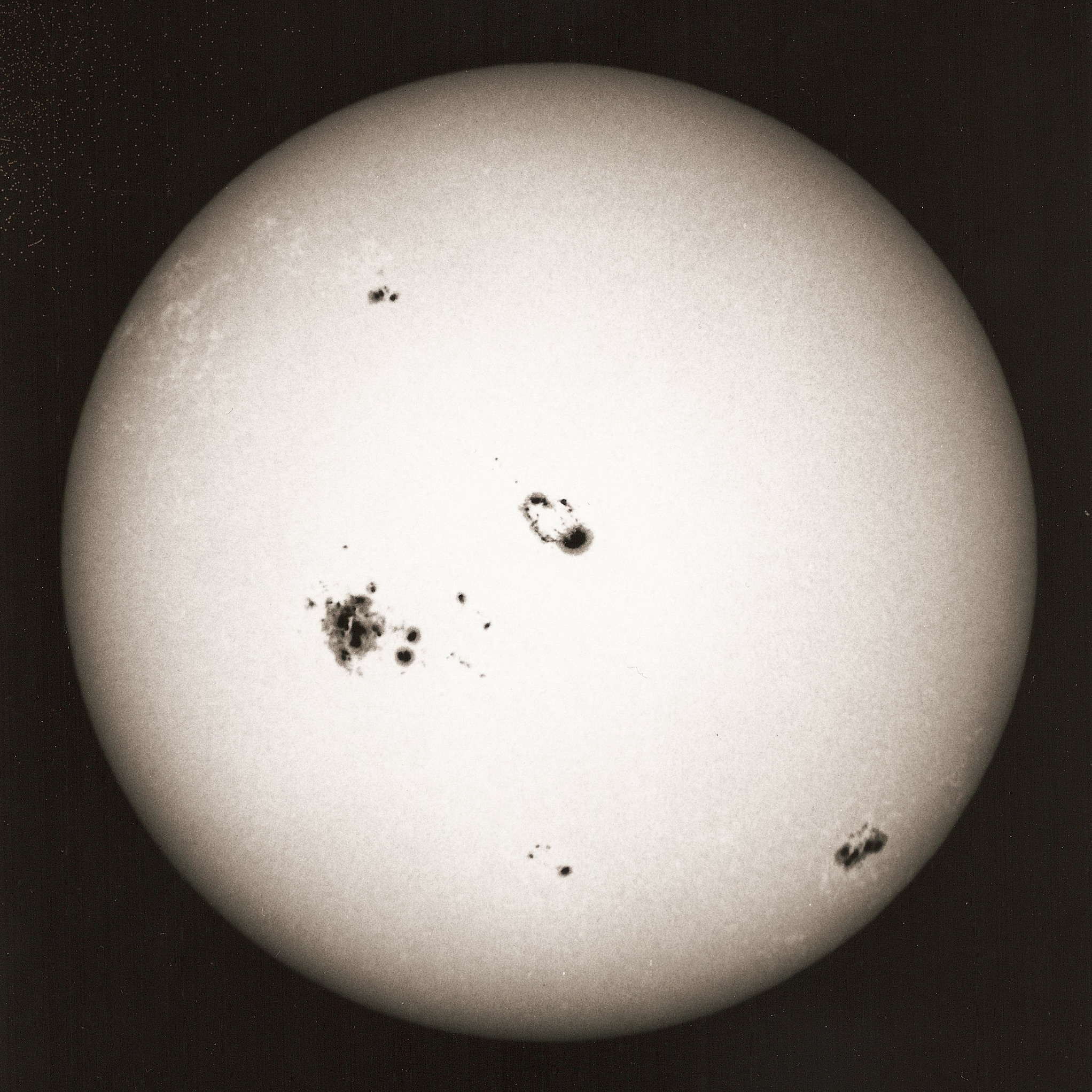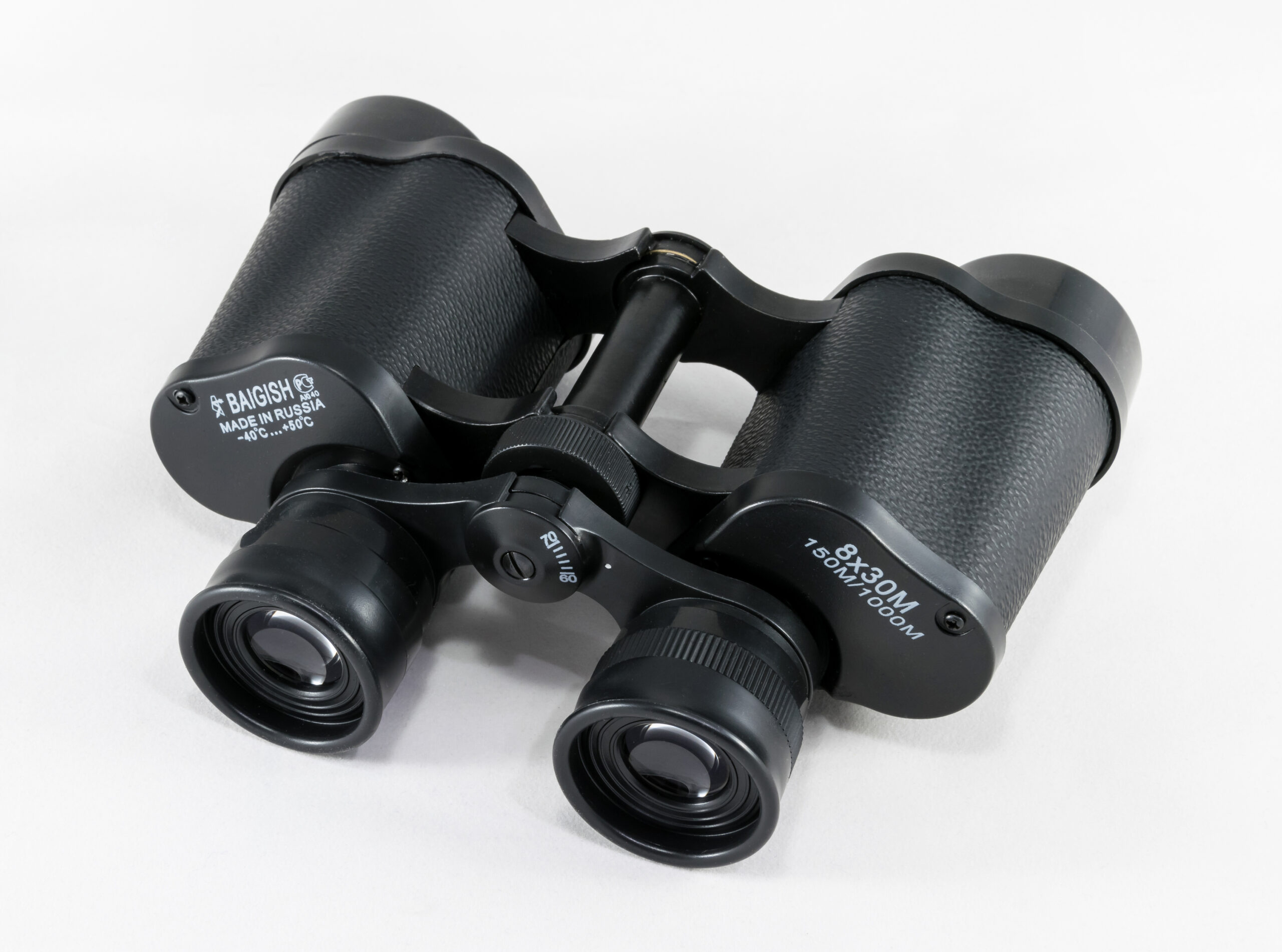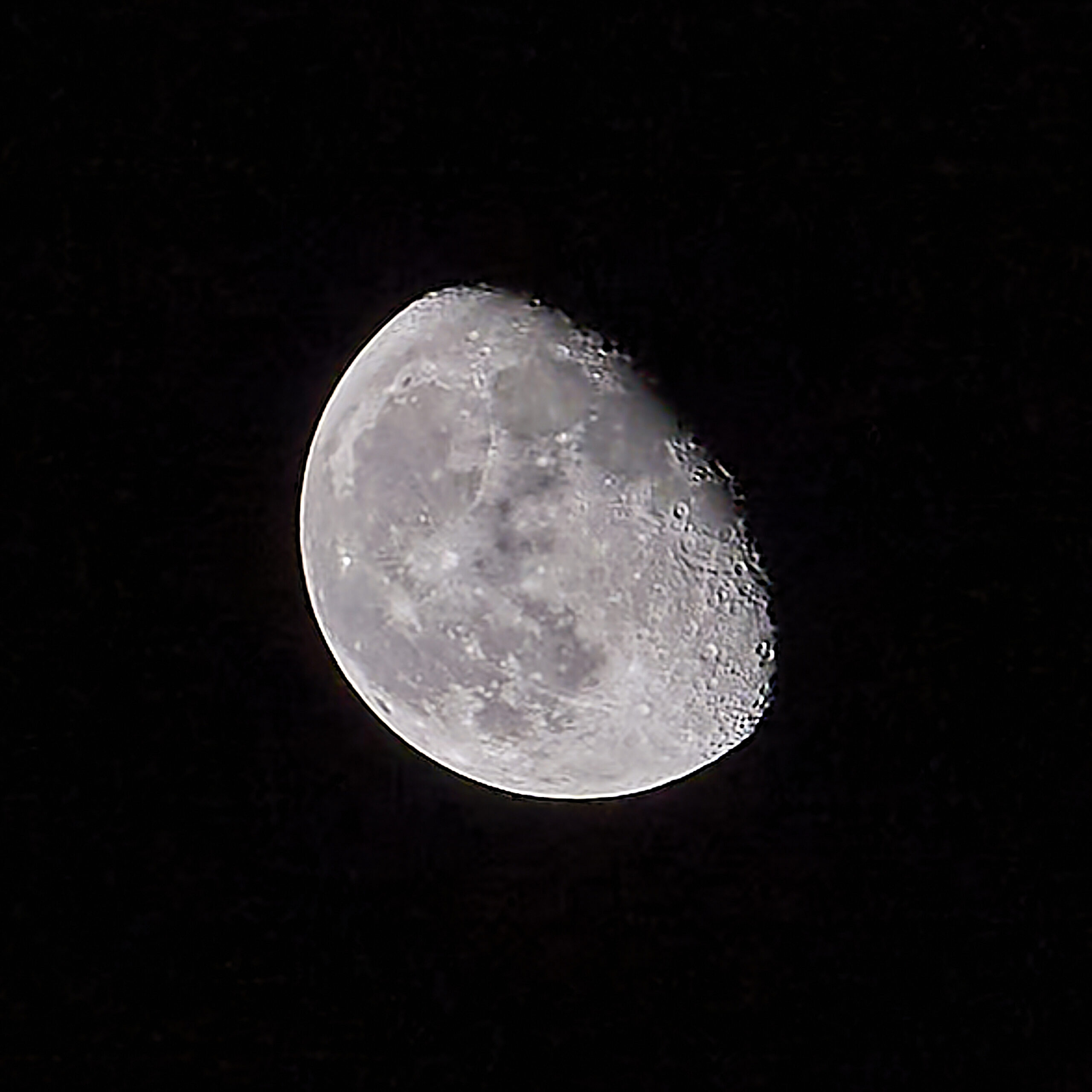Stargazing Tips: Your Complete Guide to Planning a Night Under the Stars
Going stargazing is almost like planning a holiday. You need to decide where you’re going, how you’ll get there, and what you’ll do once you arrive. While stargazing might not seem like a typical vacation, it requires similar planning. However, before heading out, there are a few things every budding astronomer should know to make the experience more enjoyable and rewarding.
Some rules are about good etiquette, and ignoring them could make you unpopular among fellow astronomers. In fact, some might even hesitate to go out with you unless you follow these guidelines. More on that later.
Other rules are simple common sense, but even seasoned astronomers sometimes forget them.
Essential Stargazing Tips for Beginners
Your new stargazing equipment has arrived—whether it’s a pair of binoculars, a telescope, or a celestial tracking platform like the Star Adventurer paired with your new camera—and you can’t wait to see the wonders it reveals. But before you head out for your first solo night under the stars (which I recommend doing only in your backyard if you’re a beginner), there are some important steps to take.
Planning ahead will make your stargazing experience much smoother. Ask yourself, “What do I want to see, and when is the best time to see it?”
Here are some tried-and-tested stargazing tips I learned early on and still use today, even after more than 50 years in the field.
Join Your Local Astronomical Society
One of the best things you can do as a beginner astronomer is join your local Astronomical Society. These societies are welcoming spaces for everyone—from seasoned astronomers with high-end gear to beginners just starting out. You’ll find people of all ages and backgrounds, and everyone is eager to share their knowledge.
Attending society meetings gives you the opportunity to learn from others, ask questions, and make new friends who share your passion for the stars. You’ll also have the chance to attend Star Parties, where astronomers gather to observe the night sky together. These events are often open to the public, so you can join even if you’re not yet a member.
At one memorable event, a local astronomy group I was part of was approached by two police officers while observing at a school field. They wanted to confirm that we had permission to be there. After our society secretary explained our purpose, the officers left, satisfied that everything was in order. Joining an Astronomical Society can lead to memorable experiences and new friendships.
To find an Astronomical Society near you, visit websites like Go Astronomy.
Get Your Equipment Ready
Before heading out for your stargazing session, make sure you understand how to assemble and operate your equipment. It’s crucial to practice setting everything up in daylight so you feel confident when you’re in the dark.
Start by setting up your equipment in your backyard at night, but avoid using bright white lights, as they can ruin your night vision and disturb others. Instead, invest in a red light headlamp or a red flashlight to preserve your night vision and allow you to see what you’re doing without disturbing anyone else.
Additionally, take the time to familiarize yourself with cables, connectors, and other components, especially if you’re using a laptop or tablet for astrophotography. Color-code your cables with tape to make assembly easier and faster.
Learn from Others at Star Parties
Once you’re comfortable with your equipment, attending Star Parties organized by your local society is a fantastic way to gain experience. Here’s one important “courtesy rule” to remember: never approach someone’s telescope without permission. Whether they’re in the middle of photographing the galaxy or discussing astronomy with someone, it’s important to respect others’ setups.
You’ll likely encounter many tips and tricks that will help improve your stargazing skills. For example, when planning an outing, don’t just rush to the site. Make sure you communicate with others about where you’re going, when you’ll meet, and how you’ll get home. This level of planning ensures everyone has a great time.
Planning Your Stargazing Session
When you’re planning your stargazing session, there are a few things to consider. Research what celestial objects are visible during your planned session and note the times they’ll be visible. If you’re planning to capture photographs, you’ll need to account for when your subject will rise and how long it will remain visible. Some astrophotography exposures can take several minutes, so it’s important to plan your entire session accordingly.
Don’t forget to consider logistics. For an all-night session, bring enough food and drinks to keep you energized. Opt for hearty snacks that won’t make you feel sleepy, and bring a thermos of coffee or hot chocolate to stay warm. Avoid cold drinks and alcohol, as they can interfere with your concentration.
Also, make sure to dress warmly, as temperatures can drop unexpectedly in open areas.
Packing Your Stargazing Gear
When you’re packing your rucksack, think beyond just food and drinks. Ensure that your telescope or camera gear has fully charged batteries, and bring extra batteries as backups. Pack a spare cable or two, in case something breaks. A red light flashlight or headlamp is essential for working in the dark without ruining your night vision.
It’s also a good idea to pack a fully charged mobile phone, a notebook, and pens to record observations or sketches. Keeping a stargazing journal can be a valuable way to reflect on your progress and recall memorable moments from past sessions.
Safety and Communication
Finally, don’t forget to let someone know where you’re going and when you plan to return. In case of emergency, it’s always wise to have someone who can reach you. Make sure your phone is fully charged and has location services enabled so you can be found easily if needed.
Conclusion
With your gear packed, your plan set, and safety precautions in place, you’re ready for a successful stargazing experience. Whether you’re observing the stars for the first time or photographing distant galaxies, proper preparation will help you make the most of your time under the stars.
Remember, stargazing is a rewarding journey—one that combines knowledge, curiosity, and a sense of wonder. By following these tips, you’ll make your night under the stars an unforgettable experience. Happy stargazing!
Happy Observing
Dave.
